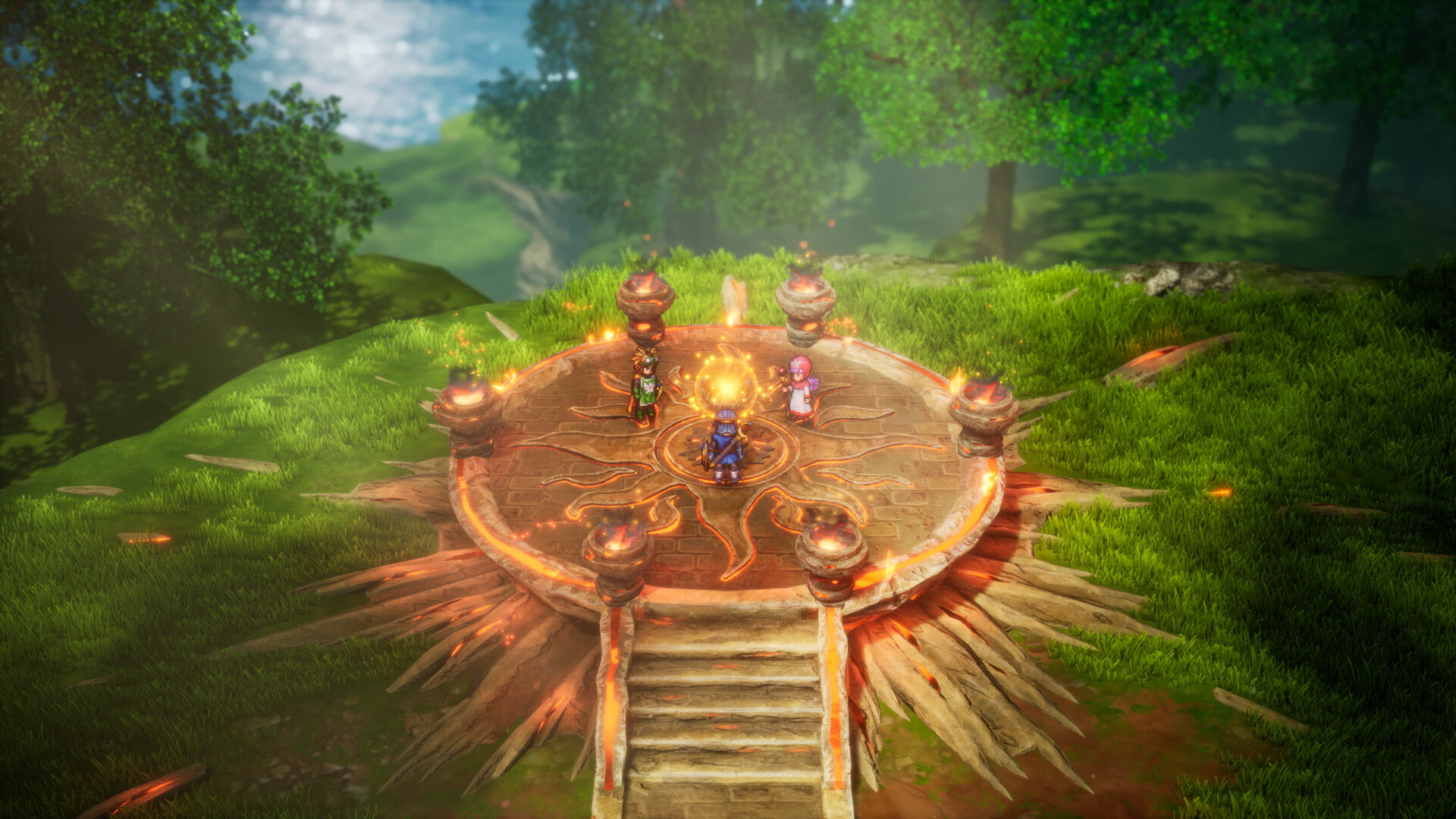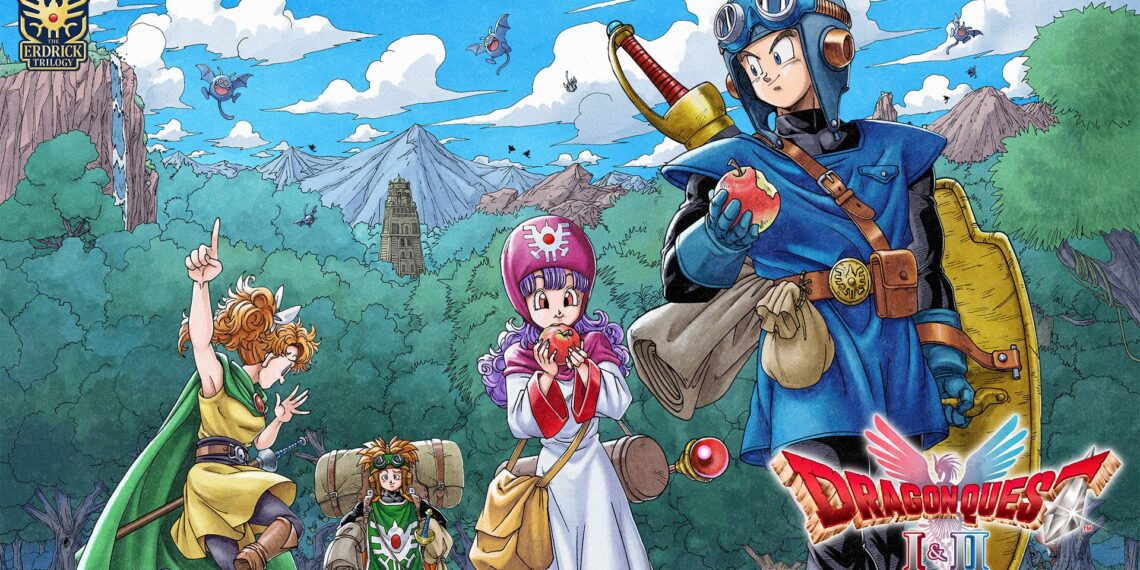Dragon Quest 1 & 2 HD-2D Remake is now out, and after playing it, my opinion about the HD-2D art style has solidified further.
The style has been maturing for quite a while now, since its introduction with Octopath Traveler, and has shown its value more and more as it has improved gradually game after game.
Last year, when I played Dragon Quest 3 HD-2D Remake, I was already convinced that HD-2D was the ideal style for remakes of basically every 2D JRPG, and now that the trilogy is completed and I’ve seen 1 and 2 in action, that belief is entirely set in stone.
It’s perhaps funny that HD-2D was likely originally devised to overcome the limitations of a relatively weak platform like the Switch, as it has now proven that it shines on every platform, regardless of their power.
If you play the game on a $5000 gaming PC or a PS5 Pro, you won’t feel like you’re missing out on visual glitz, simply because the artistic beauty of the style overcomes its relative simplicity and shines through the screen, punching above its weight.
Square Enix’s artists have not been idle, resting on the laurels of the early success of HD-2D. They have improved upon the style considerably, making it more vibrant and complex with every game.
Yet, that technical complexity, made of increased polygon counts and layered environments, doesn’t interfere with its visual simplicity, because the more advanced it becomes, the more its texture and feel grow closer to the 2D art that 2D-HD is designed to remake.
Remakes of 2D JRPGs made with conventional 3D graphics usually go one of two ways.
If the developer is willing to spend a small treasure to create high-end graphics on a level similar to the Final Fantasy VII Remake trilogy, then the game looks good, although it loses its 2D qualities forever.
This isn’t necessarily bad, but to be worth it, the graphics really need to really pristine, so that the 3D is additive to the game’s beauty and doesn’t clash with it.

If the developer isn’t willing to fork the budget for a high-level 3D remake, then the visuals are entirely awkward, and the game ends up looking worse than the original. Unfortunately, I’ve seen several remakes of old 2D JRPGs (or sequels) go this route, and it never ends well.
On the other hand, remakes that use HD-2D or even new games that feature the style to evoke the sense of nostalgia for the 2D era, always invariably end up looking beautiful and absolutely appropriate to the legacy that they’re paying homage to.
Dragon Quest 1 & 2 HD-2D Remake is no exception to the rule. When I played the underwater section of Dragon Quest II at Tokyo Game Show, I realized that the technology had made another massive step ahead, adding more layers and beauty, pretty much like a painter who learns to use more colors.
It’s actually funny that the first and second chapters of the trilogy now look the best (not that DQ3 looks bad, of course), but I suppose it works out, considering that they’re actually set later, timeline-wise.

Ultimately, HD-2D has become Square Enix’s not-so-secret weapon. Like last year, I firmly believe that the style should be used for every remake of 2D JRPGs that can’t get the budget for the FFVII treatment.
Yet, on top of that, I also believe that the style doesn’t need to be used sparingly for new games. I honestly don’t think fans will get tired of it any time soon, just like we did not get tired of beautiful 2D pixel art when we were kids.
Perhaps, now the development efforts should focus on branching the style into different looks, so that HD-2D games can look more individual, but that’s something for the future.
For now, I’m just happy I have another beautiful remake to play, bringing back fond memories of my teens
Dragon Quest 1 and 2 HD-2D Remake is currently available for PC, PlayStation 5, Xbox Series X|S, Nintendo Switch, and Nintendo Switch 2.












